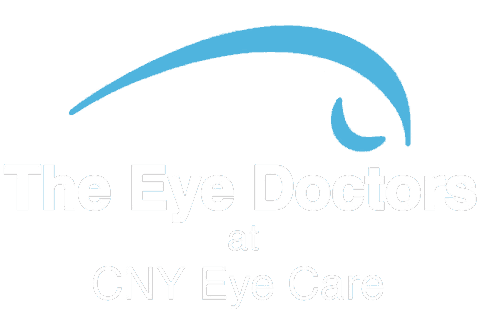Recurrent Erosion

Recurrent erosion presents as a sharp, stabbing pain in your eye upon awakening. Typically there is tearing and foreign body sensation which can last hours to days. It is often associated with light sensitivity and blurred vision.
In recurrent erosion the attachments of the surface layer (epithelium) of the cornea to the underlying membrane is weak. This may result from prior injury or an inherited condition. During the night when the eyes are closed there is no evaporation of the tear film so excess fluid seeps underneath the abnormal epithelium forming a blister. As you awake, eyelid movement ruptures the blister producing a painful corneal abrasion.
The initial treatment for recurrent erosion consists of ointment at night which absorbs the excess fluid and prevents adhesion to the eyelid, thus preventing the erosion. After an erosion occurs, it takes three months for the normal anchoring filaments between the epithelium and underlying tissue to form completely. The ointment must be used every night for the entire time period. If another erosion occurs you must start all over again. During acute episodes a steroid eye drop is often prescribed to reduce inflammation and improve comfort. If the ointment is not effective, there are other forms of treatment.
One alternative is a bandage contact lens. The lens covers the corneal surface separating the eyelid and cornea. The lens can be left in overnight or longer, so you are not responsible for handling it. Antibiotic drops are used to prevent infection and artificial tears help lubricate the lens. The most difficult time with the lens is the first 24 hours. During this period as the eye begins adjusting to the bandage lens, the lens may dry out slightly and cause a “tight fit” characterized by redness of the eye, a slight pressure sensation and irritation. Using the drops frequently helps alleviate this discomfort, especially in the morning when the lens is the driest and tightest.
If you are not comfortable with the bandage lens or if it does not work, then several in-office procedures are available. The first is a stromal puncture where a fine needle is used to make small spots in the superficial layer of the cornea (epithelium), forming adhesions between the epithelium and underlying tissue. This procedure only takes a few minutes and is done in the exam room. The eye is numbed with eye drops and the procedure is painless. Following the procedure you are expected to use eye drops for a week or so after the surgery. You must also use ointment for 3 months after to prevent reoccurrence.
A second alternative is called a corneal debridement. The surface skin is removed entirely to allow new skin to grow in, which is usually healthy. This procedure takes several minutes and is done in our minor surgery room. The eye is numbed with eye drops and is painless. After the procedure a bandage lens is applied and is to remain in place until the doctor removes it at a future visit. You are expected to use eye drops for a week or so after the surgery. You must also use ointment for 3 months after to prevent reoccurrence after the bandage lens is removed.
The last option is called a PTK (Phototherapeutic Keratectomy). This is a combination of removal of the corneal surface skin and laser treatment. The laser creates a membrane which provides a stronger attachment to the underlying tissue. This procedure can potentially change the power of the eye and new glasses may be necessary post-op. This procedure is done at LaserView of CNY. This procedure may not be covered by your insurance company so you may be responsible for some or all the cost. The post-op care is similar to the procedures above.
We hope this information has been helpful. We would like to take this opportunity to thank you for the trust you have placed in us. We will do everything in our power to reward that trust as we work toward solutions to your present and future eye problems. The difference is clear…
